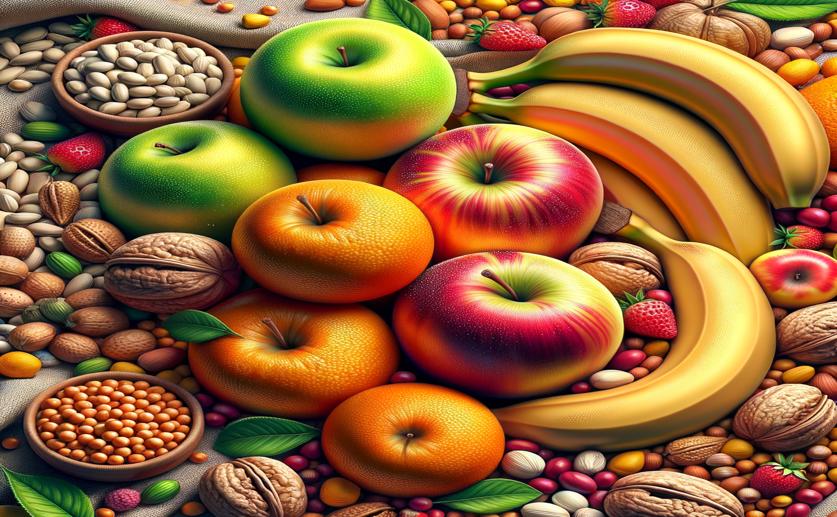
Natural Proteins to Stop Fruit Fungus After Harvest
Jenn Hoskins
24th April, 2024

Image Source: Natural Science News, 2024
Key Findings
- UC Riverside study finds proteins (PGIPs) can reduce fungal growth on fruits, aiding post-harvest freshness
- PGIPs remain effective across temperatures from -20 to 42 °C, suitable for various storage conditions
- Treated tomatoes showed over 50% less disease spread, highlighting PGIPs as potential eco-friendly fungicide alternatives
AgricultureBiotechPlant Science
References
Main Study
1) Polygalacturonase-inhibiting proteins as an exogenously applied natural solution for prevention of postharvest fungal infections.
Published 23rd April, 2024
https://doi.org/10.1016/j.synbio.2024.04.002
Related Studies
2) Adults Meeting Fruit and Vegetable Intake Recommendations - United States, 2019.
3) Control of postharvest fungal diseases in fruits using external application of RNAi.
4) Control of postharvest diseases of fruit by heat and fungicides: efficacy, residue levels, and residue persistence. A review.



 17th April, 2024 | Jim Crocker
17th April, 2024 | Jim Crocker